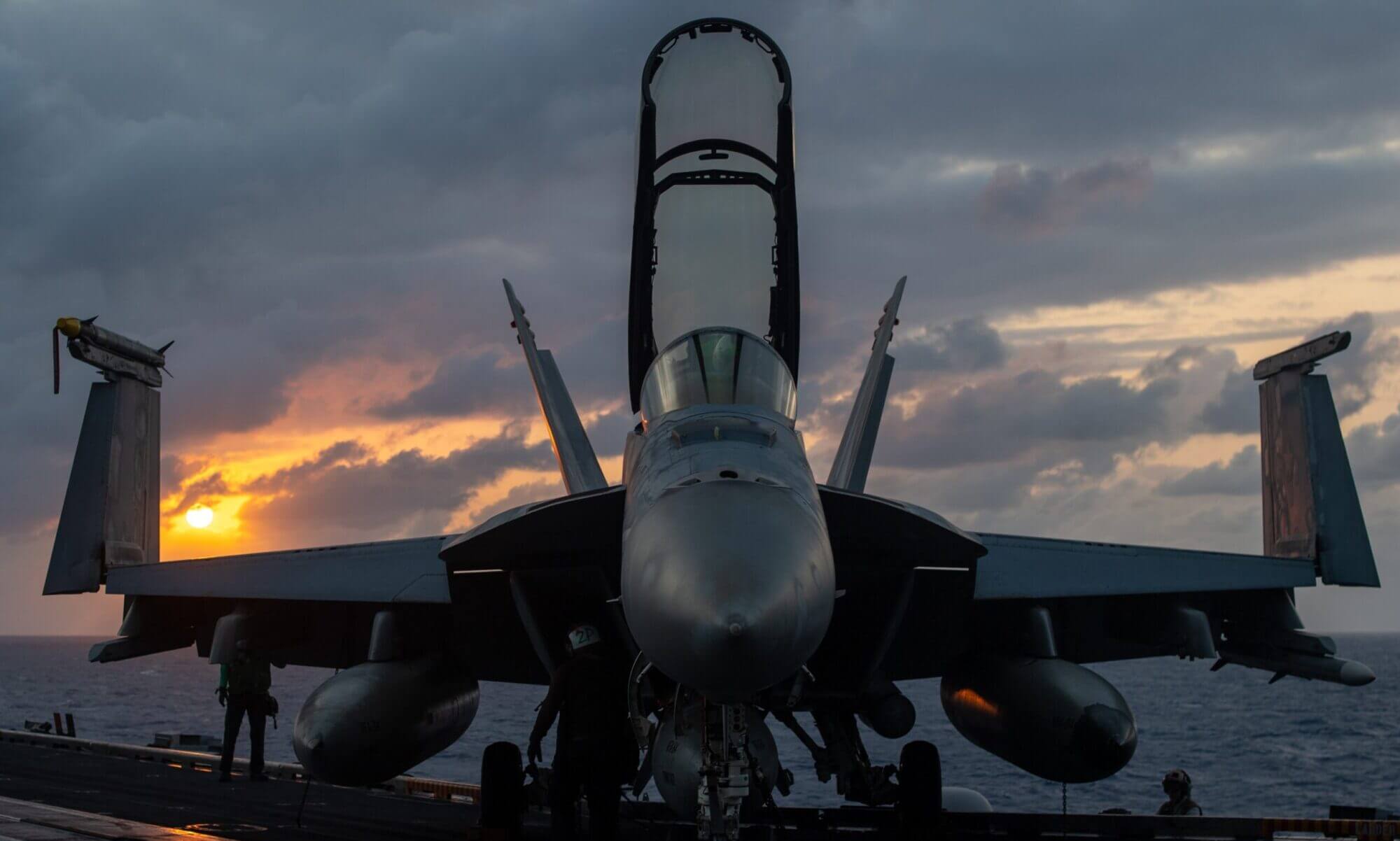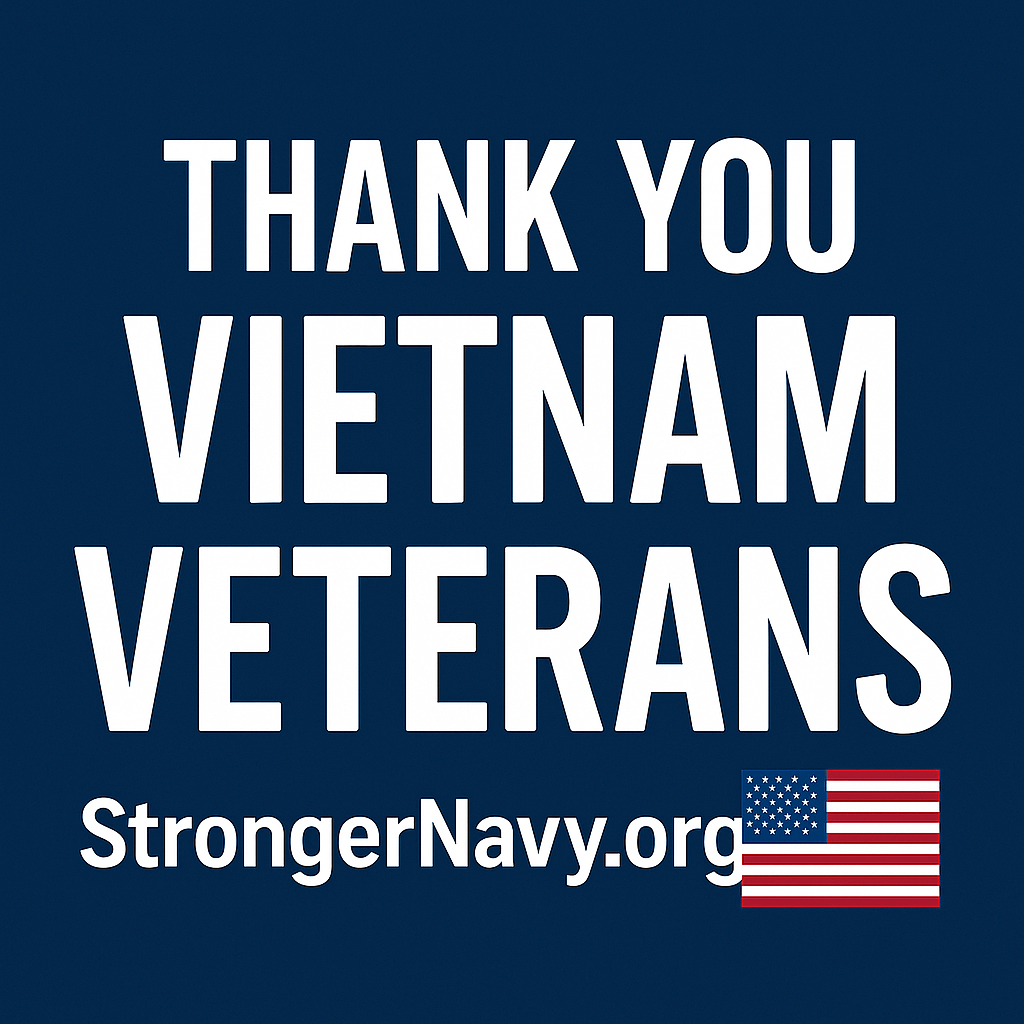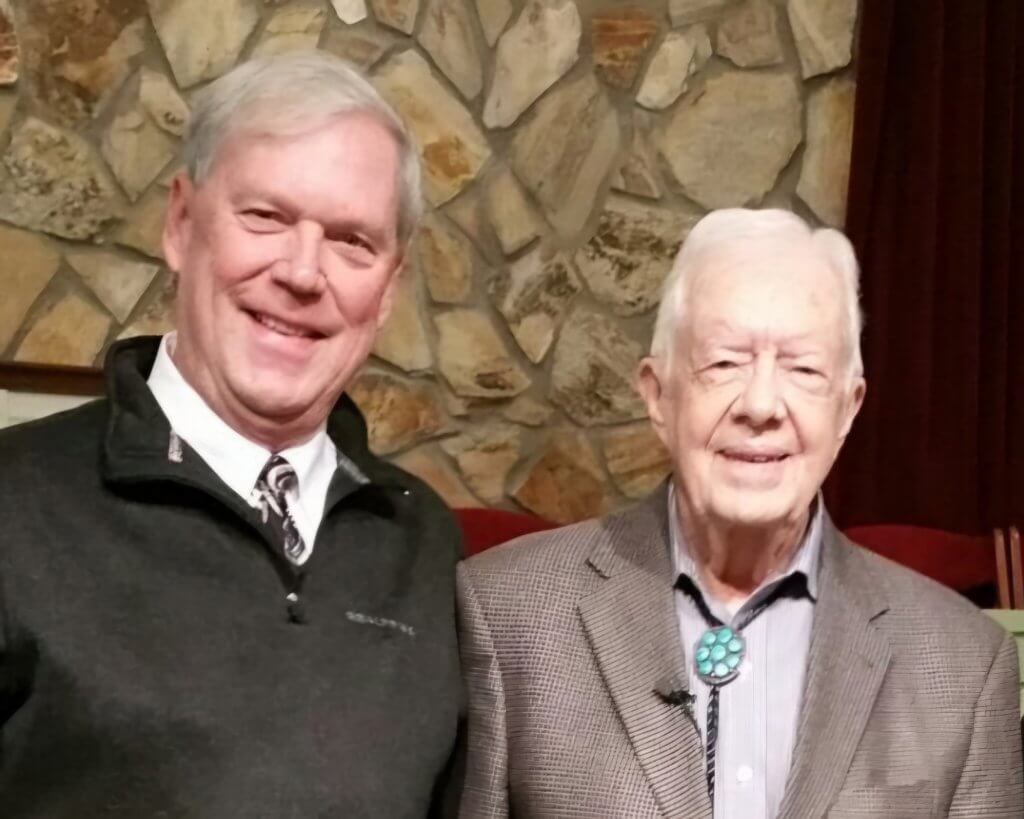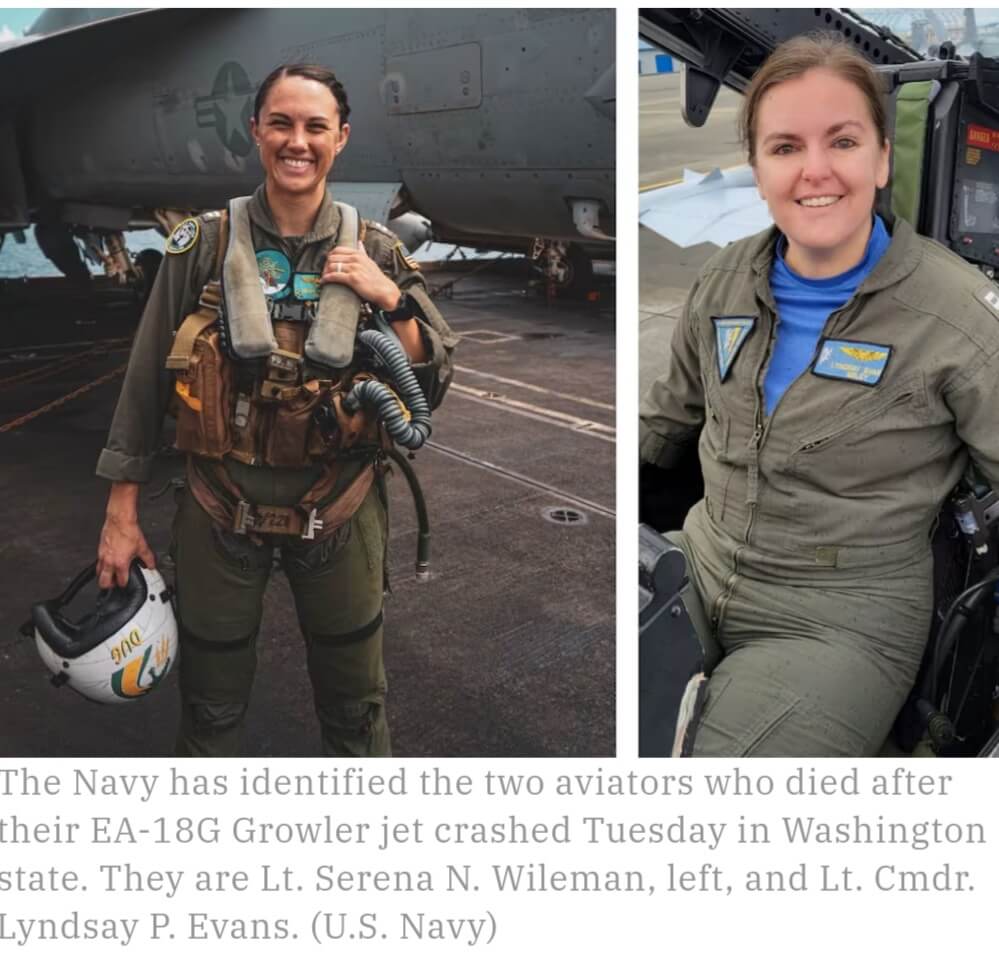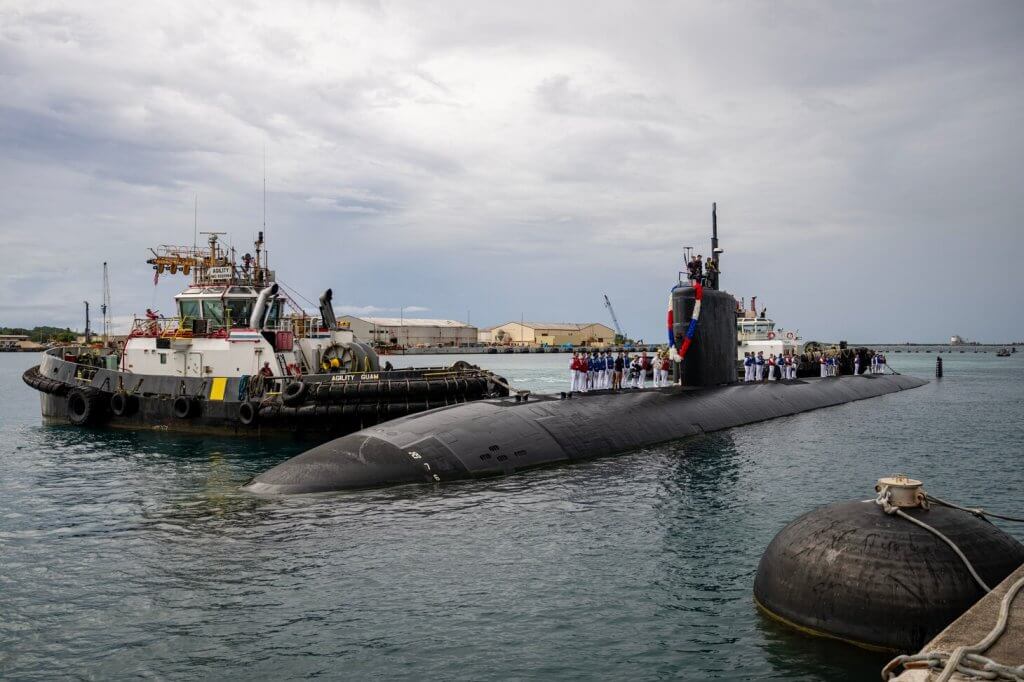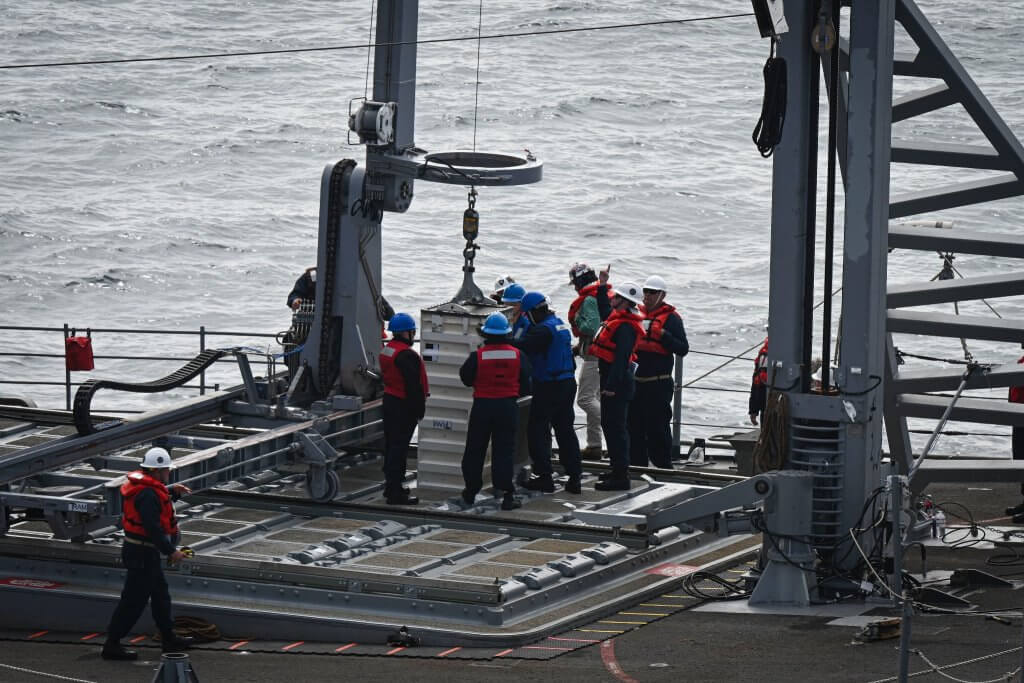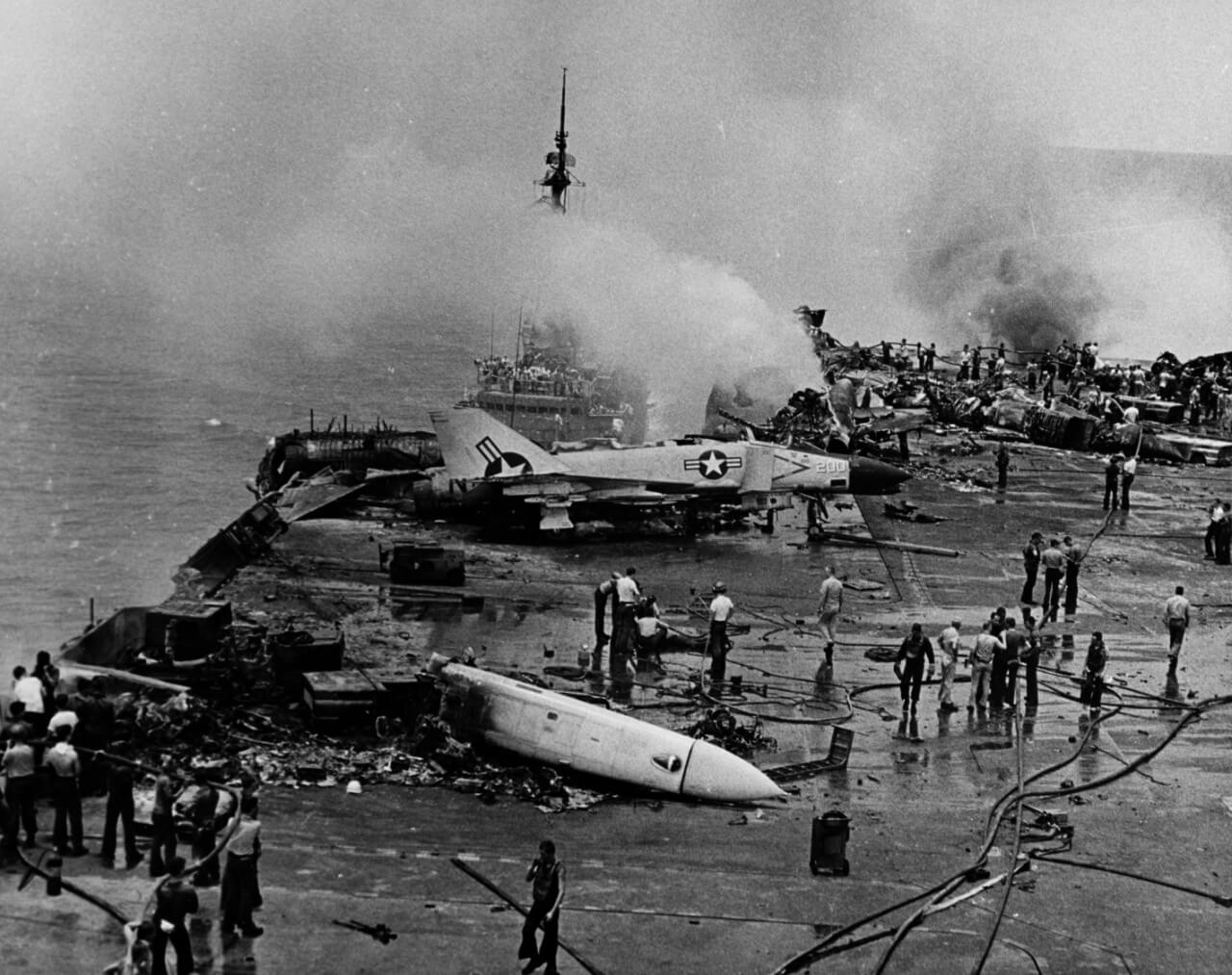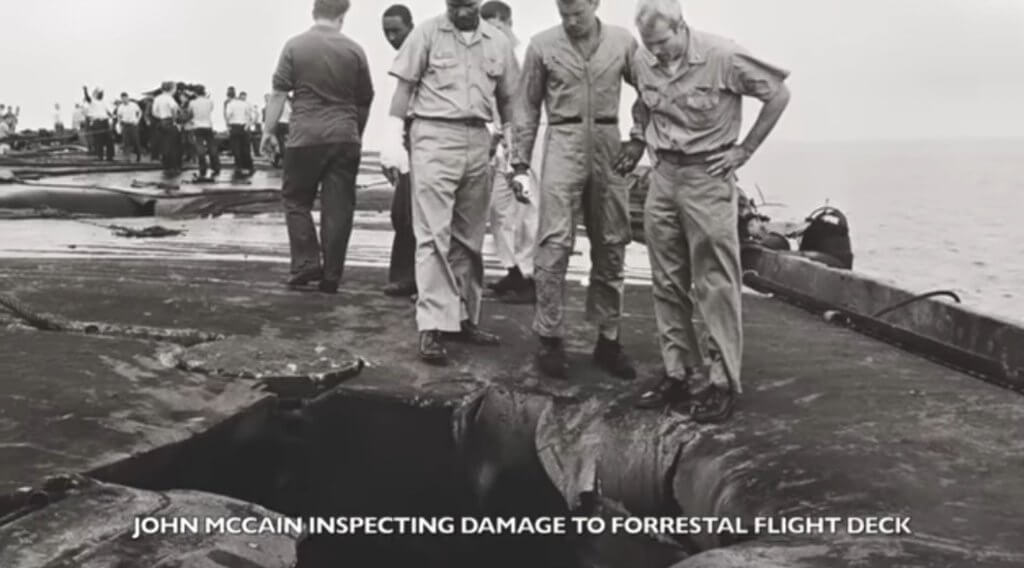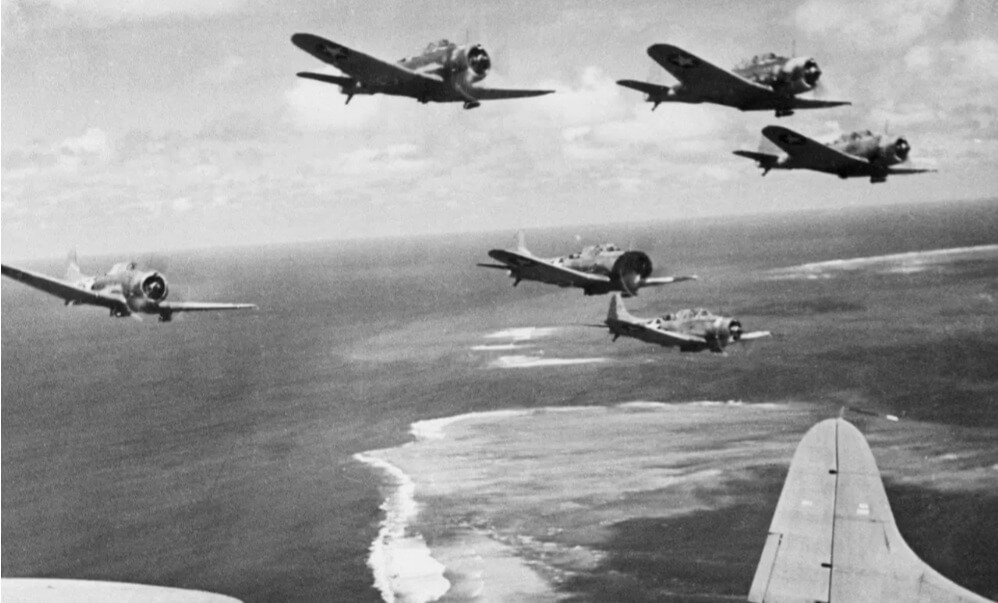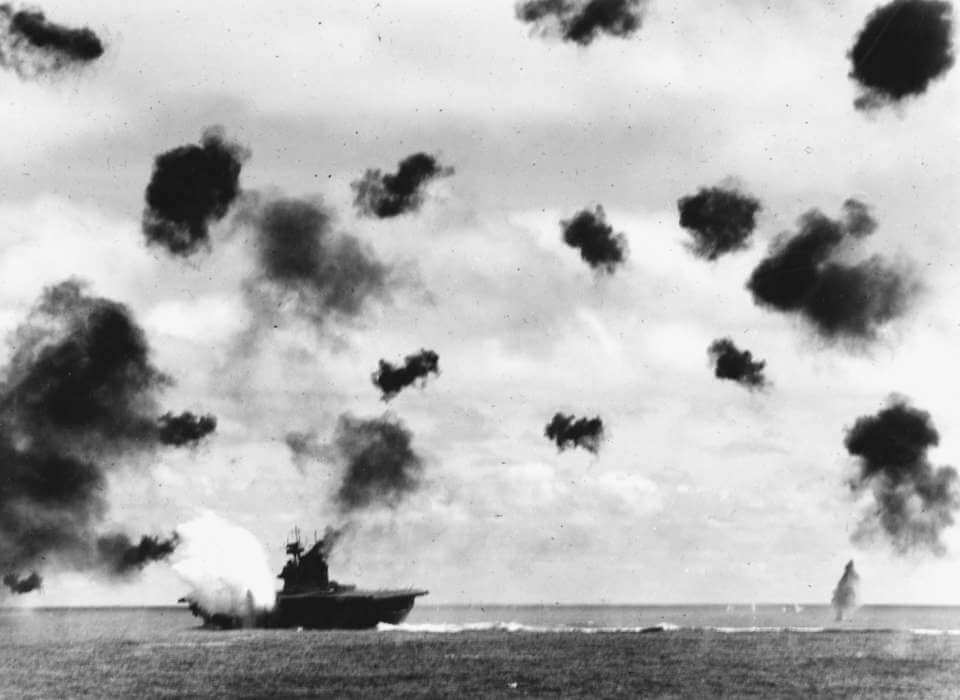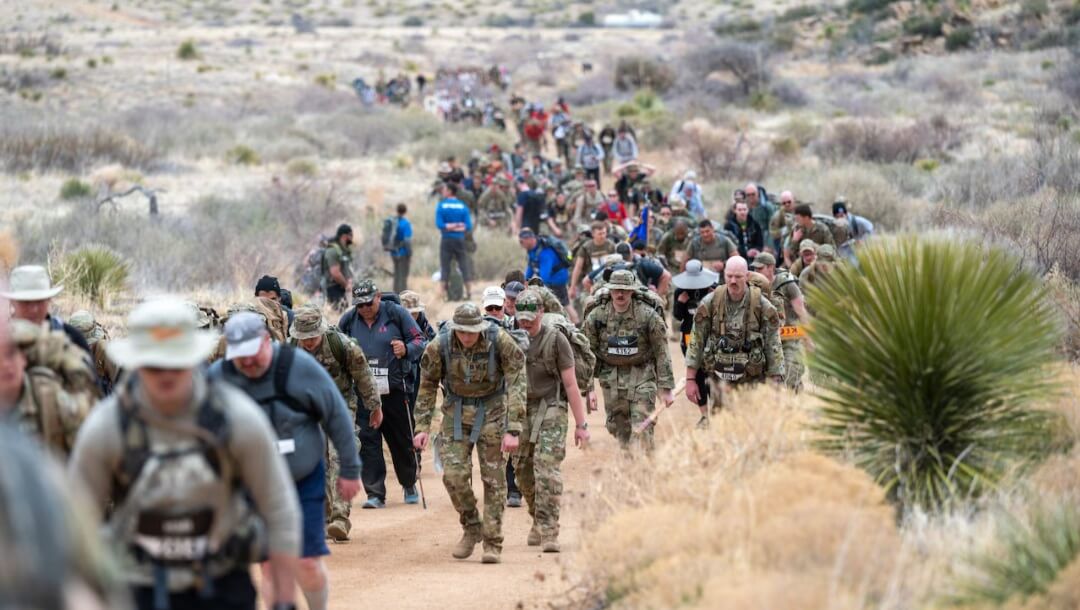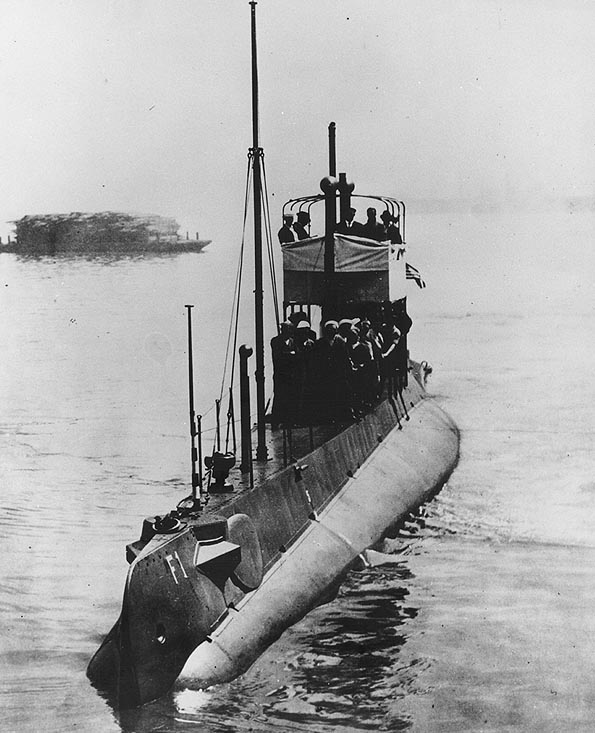
A Century-Old Tragedy Resurfaces Under the Waves
On December 17, 1917, the U.S. submarine USS F-1 was lost during a routine training exercise off the coast of San Diego, claiming the lives of 19 shipmates when it collided with another vessel and sank beneath the waves (CBS News, @EconomicTimes).
Cutting-Edge Technology Illuminates the Deep
This Memorial Day, unprecedented high-definition imagery of the F-1’s final resting place—more than 1,300 feet below the surface—has been released, thanks to a collaborative deep-sea expedition using WHOI’s human-occupied vehicle Alvin and the autonomous vehicle Sentry, alongside advanced sonar and photogrammetric surveys (Live Science, Phys.org).
Why Americans Should Care
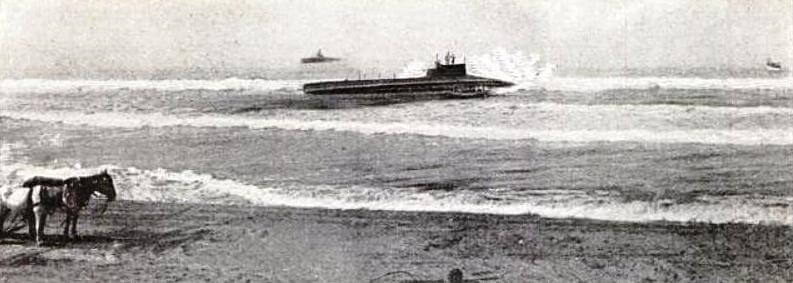
Each Memorial Day, we honor those who paid the ultimate price. The rediscovery of USS F-1 reminds us that—even after a century—our nation remains committed to remembering and learning from the sacrifices of our naval service members. Their stories are woven into the fabric of American resilience, inspiring future generations to uphold the freedoms they defended.
Implications for the Navy
Documenting century-old wrecks reinforces the Navy’s dedication to preserving its heritage and honoring fallen shipmates. These expeditions not only advance undersea research and technology but also strengthen esprit de corps by connecting today’s sailors with the service and sacrifice of those who came before (CBS News, GreekReporter.com).
Implications for Our Allies
Such deep-sea collaborations—uniting WHOI, the U.S. Navy, and federal science agencies—highlight the value of joint research efforts. By sharing technology and expertise, we and our partners enhance maritime domain awareness and build a legacy of mutual respect in exploring and safeguarding the ocean’s depths (CBS News, Phys.org).
A Call to Remember
This Memorial Day, let us pause to honor the 19 souls of USS F-1 and all U.S. naval personnel who have fallen in service to our country. Their courage beneath the waves continues to guide and inspire our mission above them.
The Lost Souls of USS F-1
- John Robert Belt, Seaman
- Frank Matthew Bernard, Machinist’s Mate, 2nd class
- William Lester Cartwright, Seaman
- Harry Le Roy Corson, Chief Electrician’s Mate (G)
- James Goonan, Chief Gunners’ Mate
- Simon Greenberg, Electrician’s Mate, 1st class
- Edward Emerson Hall, Machinist’s Mate, 1st class
- Lyman Frederick Lovely, Machinist’s Mate, 2nd class
- Ralph Edgar McCluer, Electrician’s Mate, 2nd class (G)
- Duncan Archie McRae, Electrician’s Mate, 1st class
- John Peter Albert Messang, Chief Machinist’s Mate
- Grover Edwin Metz, Machinist’s Mate, 2nd class
- Ray Elsworth Scott, Electrician’s Mate, 1st class
- Elbert Peshine Smith, Machinist’s Mate, 2nd class
- Guy Raymond Stewart, Chief Machinist’s Mate
- Dudley Stough, Chief Gunner’s Mate (T)
- Charles Fridley Vincent, Electrician’s Mate, 2nd class (G)
- Thomas Alfred Walsh, Machinist’s Mate, 1st class
- Clyde William Wyatt, Machinist’s Mate, 1st class
A Prayer for Our Fallen Shipmates
Let us bow our heads. O Lord, we honor these 19 brave souls who gave their lives beneath the waves. Grant them eternal rest in Your boundless mercy. Comfort their families and shipmates who carry their memory forward. May their sacrifice never be forgotten, and may we, strengthened by their courage, walk in the path of duty and devotion. Amen.
A Call to Remember
This Memorial Day, let us pause to honor the crew of USS F-1 and all U.S. naval personnel who have fallen in service to our nation. Their courage beneath the waves continues to guide and inspire our mission above them.
To learn more about U.S. naval history and join a community dedicated to honoring service and strengthening America’s maritime future, sign up for the Americans for a Stronger Navy Educational Series at StrongerNavy.org.
